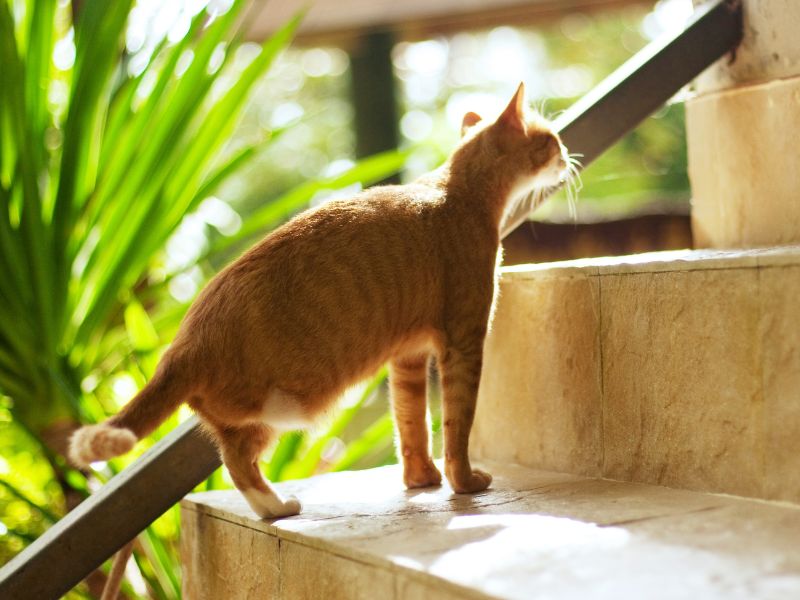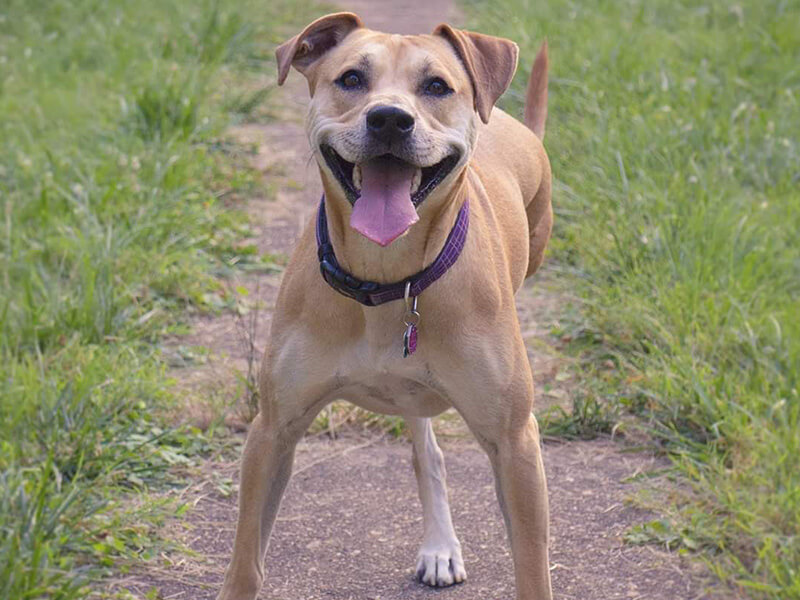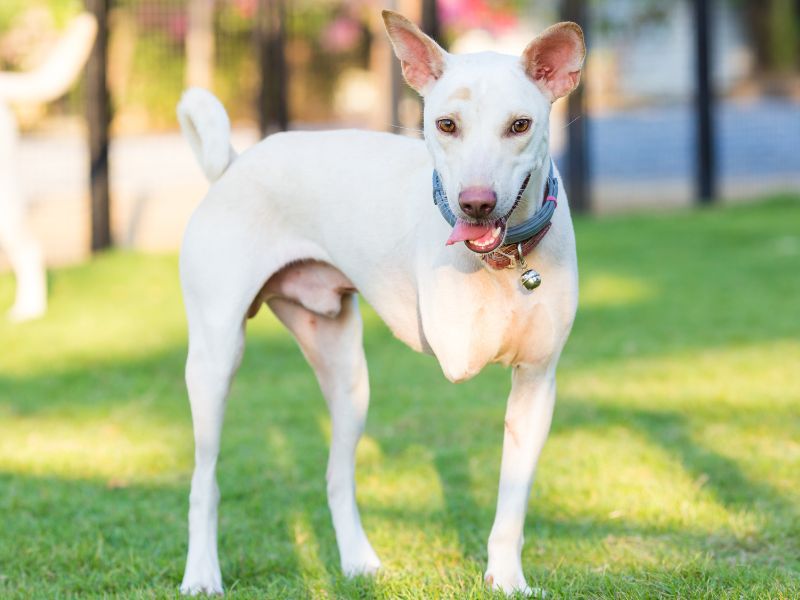Pet Amputation
At Helping Hands Veterinary of Virginia, we understand that the decision to amputate a pet’s limb is a difficult one. Our compassionate team is here to provide support every step of the way with affordable amputation procedures to improve your pet’s quality of life.

About Leg Amputations
We at Helping Hands, understand how scary it can be to think of how your pet will fare after an amputation. However, pets do not care what they look like—only that they are loved. Often, people have a harder time adjusting to their pet’s amputation than their pets do. Three-legged pets live happy lives, with minimal adjustment. Most are up and walking within 12-24 hours of surgery with little to no assistance.
Reasons For A Leg Amputation
A pet may need to have a leg amputated due to birth defects, neurologic disease, or, most commonly, cancer or trauma in the leg. Generally, amputation offers immediate pain relief, as post-surgical pain pales in comparison to the pain of leg cancer or trauma to the leg. Pets of all sizes can go on to live a happy life after having a leg amputated.
If your pet is overweight, weight loss will help reduce the strain on the remaining joints that now support your pet. A trim body condition is healthier for your pet regardless of how many legs they have.

After Surgery
Immediately after amputation surgery, it is very normal to see swelling and bruising around the incision site. While you may want to allow your pet to be active after surgery, physical activity can cause further swelling, bruising, and bleeding. Please do not allow your pet to overdo it in the first week after surgery, even if they feel up to it.
Minimize drainage from the incision by keeping your pet calm and quiet, such as by putting them in a well-padded crate. No matter where they rest, please be sure it is well-padded for their comfort. If you see drainage from the incision, use a warm, moist washcloth to keep the area clean.
We may place sutures on the outside of the skin. Sometimes, we are able to bury them under the skin. Your discharge instructions will tell you if the sutures need to be removed, but usually, if you can see sutures, they need to be removed in 2 weeks. If you do not see them, they are under the skin and will dissolve on their own.
When your pet arrives home, they will need supervision and support until they can walk on their own. For some pets, this will happen right away. Others may need support for a few days. Stairs may be a challenge at first, so please keep them supervised until they can go up and down with confidence. Smooth floors may pose a challenge, so consider laying down rugs and runners with non-skid pads for your pet.
Keeping their nails clipped short can also help prevent slippage. If extra support is needed, you can purchase a sling in your pet’s size. You can also improvise by using a towel or cutting up a canvas shopping bag with handles. For front-leg amputees, sling the fabric under their chest. For rear-leg amputees, place the sling under their belly. Be sure to stand on the same side as the amputation to act as a counterweight when helping them with a sling.
Your pet will have to adjust how they use the potty by learning to balance differently. They will figure this out quickly, but it may take a few days before you see a bowel movement, as they may hold it for as long as possible while they are learning to adjust. Don’t worry, they will move their bowels when they are ready.
Rest is important for the first few days as their incision heals. After a few days, help them get up and move slowly to keep their muscles strong. Keep your amputee away from other pets until complete recovery, as they will not understand what has happened and may try to play too rough. You can allow them to return to full function after a week or 2 if they can get around on their own with confidence. If your pet enjoys the water, swimming is great physical therapy.
Community Support
If you need more information or want to learn more from owners who have been through a pet’s amputation, consider joining an online community. Tripawds.com is a community-supported website for sharing stories and learning about amputations and bone cancer care for pets. We understand amputations are distressing, but we hope our resources can at least provide this surgery safely and affordably while providing you peace of mind.
Additional Resources For Pet Amputation
My Dog Has Osteosarcoma: Should I Allow Amputation?

Veterinary Surgery & Dentistry Services
in Richmond, VA
Pet Amputation
Pet Dental Procedures
Pet C-Section
Pet Dewclaw
Pet Exploratory & Foreign Body Removal
Pet Eye Procedures
Pet Growth & Mass Removal
Pet Hernia Repair
Pet Knee Repair
Pet Organ Removal
Pet Spay & Neuter
Pet Stomach
Pet Urinary
Pet Wound & Laceration Repair
Amputation
Helping Hands does not perform amputations in pets 90 pounds and over.
(25 lbs and under)
(26 lbs to 40 lbs)
(41 lbs to 65 lbs)
(66 lbs to 89 lbs)
(a malformed inverted tail)
Pet Surgery Additional Fees
(if deemed appropriate)
(90+ lbs)
